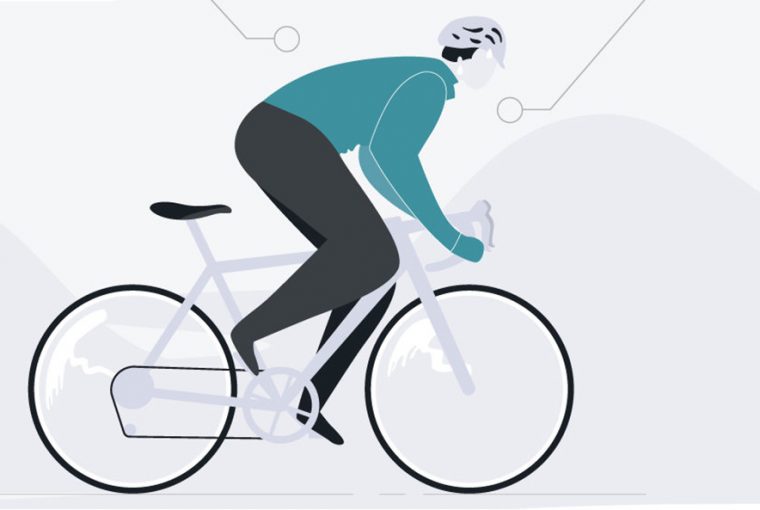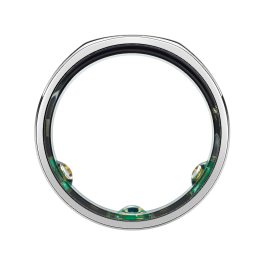The following is a true story from an Oura user who chose to share their experience. We’ve changed their name to respect their privacy.
“I don’t know what possessed me but I woke up one morning and decided turning 45 was a great time to do a 30 mile bike race with almost no training…”
With an early investment of a hefty race registration fee, Jeff knew he had to make sure he at least got his money’s worth. The next step? Find a training schedule.
He landed on one that recommended using a 4 week block system: “The 1st week was moderate, the 2nd week higher effort, the 3rd week was really hard, then the 4th was your recovery week and you repeat those 4 week blocks. I did a few blocks just for fun to see what would happen.”
At first, what Jeff saw wasn’t improvement, but confirmation that the workout was challenging his body as he ramped things up: “I saw my HRV decrease as my workout volume went up from week to week. My HRV just went down and down.”
But as his body repaired, he could tell his training was making him stronger. From one recovery week to the next, his baseline HRV value dropped and his resting heart rate decreased, an encouraging indicator of improvement.
“Each recovery spike would be higher than the spike from the previous week – I kept getting more strained, but then seeing bigger and bigger recovery each week – it was the training working just like it was supposed to!”
Jeff finished out his training in blocks because the payoff was clear for him. He also came away from his experience with new questions. “What are the effects of over-training? Does anyone really know what the right level training looks like, or could that be research?”
It’s an insight worth reflecting on. How do we know what training is best for a specific person? The more we share, the closer we get to knowing.
Where Can You Find This Data?
In your Oura app, your average resting heart rate (RHR) and heart rate variability (HRV) can be found on your Readiness tab. Tap on either metric to view your trend over time and toggle between daily, weekly, and monthly views.
What Patterns Can You Look For?
Increased training effort usually corresponds with lower HRV and higher RHR, indicating strain on your body. But over time, if your body is given the chance to recover, you’ll see your RHR trend lower and your HRV trend higher than the week before. This suggests that your training is paying off!





